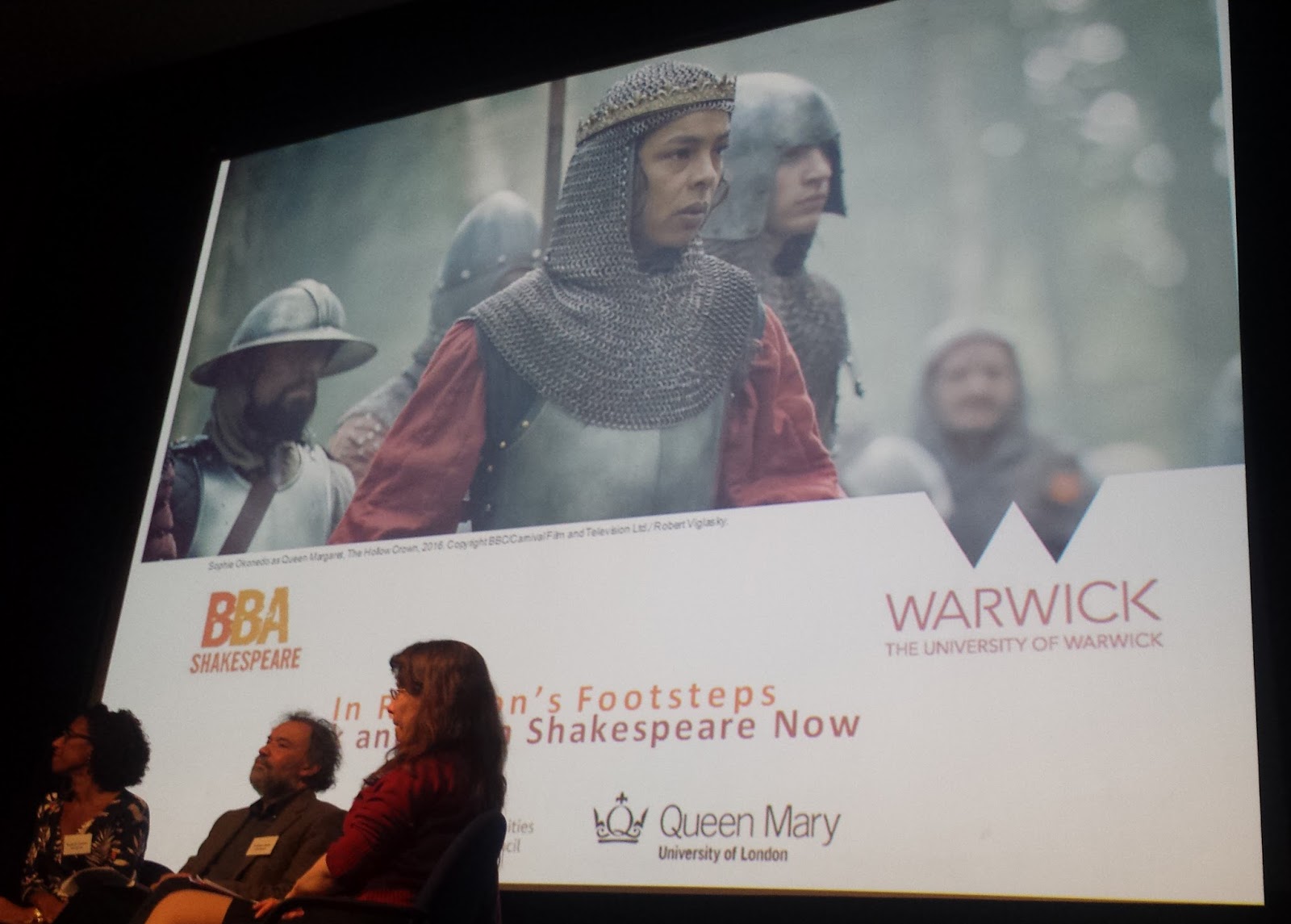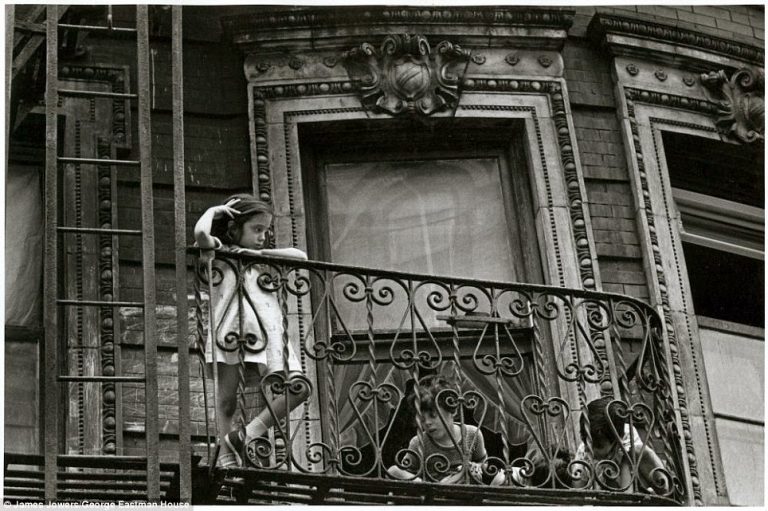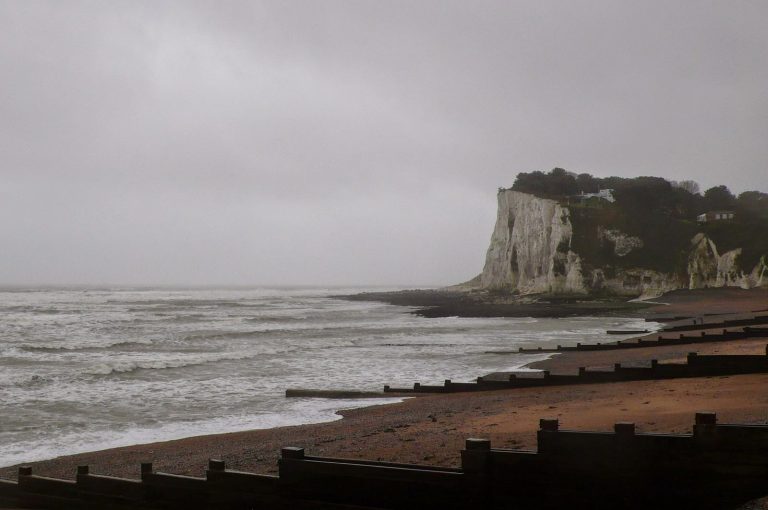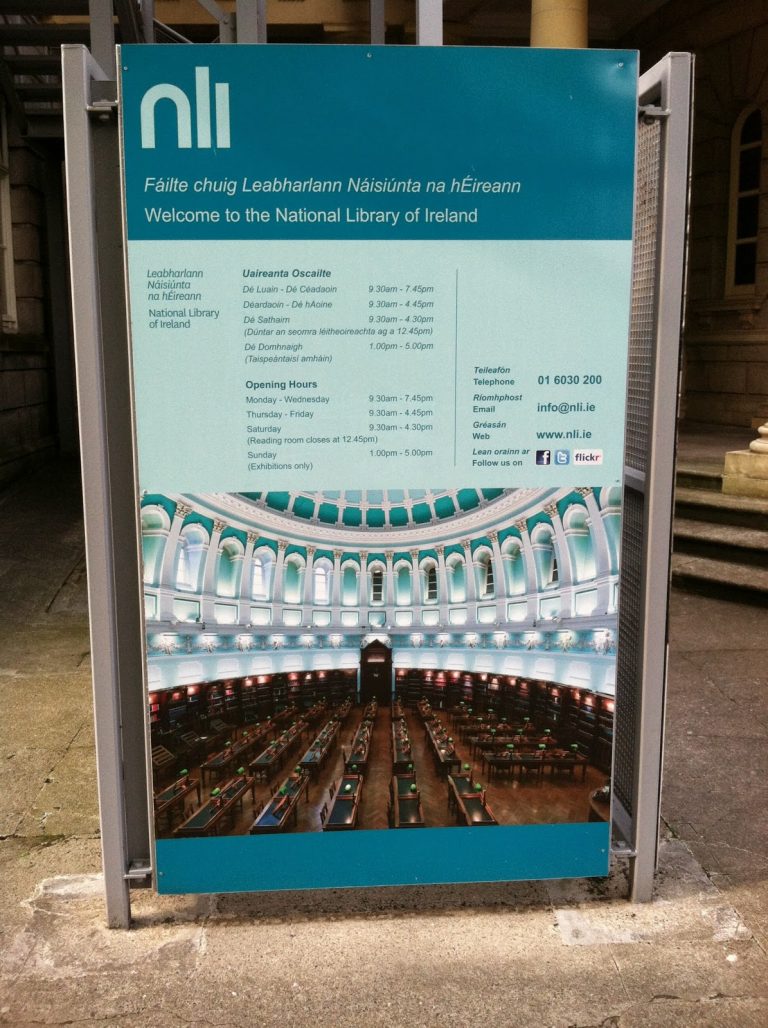Doing Shakespeare While Black?
By Alexa Alice Joubin
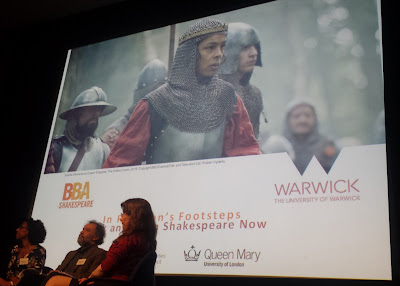 |
|
In Robeson’s Footsteps: Black and Asian Shakespeare Now,
a conference organized by the University of Warwick, January 15, 2016.
|
Race is an uncomfortable but important topic in our age of globalization. In the art and entertainment industry, race is both visible and invisible in various forms of embodiment. After all, actors embody various characters and stories on stage and on screen, drawing attention to, or away from, race and ethnicity.
What if you are a minority and you are an aspiring stage director, artistic director, or actor, or work in any capacity in theatre? What if you are interested in doing Shakespeare, Ibsen, and “canonical” and “mainstream” plays rather than being recruited to “do a black play” simply because you happen to look black (regardless of your cultural identification)?
It is one thing to do Shakespeare while “brown” when performing in India, where the actor is not part of a minority. It is quite another to do Shakespeare while Asian in England (such as Yellow Earth Theatre’s Mandarin-English bilingual King Lear in Stratford-upon-Avon) or in the US (such as Young Jean Lee’s Lear, Soho Rep, New York, 2010) where classic theatre is assumed to be aligned with some versions of upper-middle class white masculine culture.
As part of my project on Shakespeare and diaspora, I traveled to London to interview BAME (British “black, Asian, and multi-ethnic”) artists. It is important to tell the story of the making and reception of “locally grown” works that are somehow perceived as “global” or exotic because of the artists’ identities.
Diasporic Shakespeare is distinctive from national, international, and touring Shakespeares. Diasporic Shakespearean performances represent the lived experiences of people in diasporic communities, such as people of African and Asian decants living in the UK, British expatriates in Hong Kong, Americans living in Beijing (e.g., Cheeky Monkey Company), African-American theatre, and so on. Diasporic Shakespeares are designed for heterogeneous communities and incorporate elements from several cultures, as evidenced by works by British Indian, Asian American, Chinese Singaporean, Québécois (Francophone Canadian), and African and Caribbean Canadian artists.
Meaningful diversity is the key here. Diversity in the arts is not about checking boxes on some survey form, but rather about a wider range of rich narratives about the human experience. Enriched by multiracial and multiethnic casting and multilingual performance strategies, these performances are far from simple tales of black versus white, or the subaltern versus the authority (e.g. Shakespeare providing the universal theme, while black actors bring the music and dance; Shakespeare has got privileged poetry; black dancers have got “exotic” rhythm). Being black does not necessarily mean being tribal or believing in witchcraft. Diasporic Shakespeare is all about enriching our experiences with drama.
On September 9, 2015, Artistic Directors of the Future (ADF) organized a conference at London’s Young Vic Theatre to explore the challenges faced by BAME (black, Asian, and multi-ethnic) artists in Britain today. These directors and actors have put on some of the most innovative theatre productions, but they face a set of ideological challenges.
ADF and the panelists specifically addressed the “upstream” problem of diversity in leadership in mainstream British theatres. Artistic and freelance directors from Young Vic, Royal Court Theatre, Theatre Royal Stratford East (London) and other national and regional theatres discussed their journeys towards becoming artistic directors, the challenges in fundraising, politics of identity, equal opportunities concerns, strategies to cultivate a diverse audience, and how to work with their board.
For minority actors, identity politics can be a double-edged sword. Black British actors are often associated with art forms that are considered ethnically authentic and “matching” their perceived identity and interest, such as jazz. Indian-British actors are lined up with Bollywood routines. For artists who thrive to transcend the racial line, they face the seemingly impossible choice of heeding the call for cultural assimilation and “preserving” ethnic cultural roots.
On one hand, “ethnic” plays can make visible the racial issues that have been ignored, such as British-Korean playwright In-Sook Chappell’s
P’yonyang(2016), a love story of two North Korean childhood sweethearts. On the other hand, the last thing BAME actors want is to be pigeonholed and shoehorned into an ethnic ghetto where they are expected to only appear in such plays. It is both aesthetically and politically important to see, for example, Sophie Okonedo, playing Queen Margaret in BBC’s
The Hollow Crown (2016), and
The Black Macbeth (directed and adapted by Peter Coe, Roundhouse, 1972;
https://bbashakespeare.warwick.ac.uk/productions/black-macbeth-1972-roundhouse-theatre-london-roundhouse). Diverse casting is the key.
These artists often take winding routes toward the stage. Jonathan Man, a freelance director who grew up in Portsmouth, has a lot to offer. He has taken an interesting and unusual path to theatre. He holds a degree in physics and a diploma in production operations in theatre, TV, film and radio. Having taught English in Japan for five years, Jonathan became involved with an amateur company in Japan. He then held an Arts Council England fellowship and completed residencies at several organizations including Nottingham Playhouse and the British-East Asian company Yellow Earth Theatre. He has been involved in productions in the UK and in Asia, such as N6 Production’s Much Ado About Nothingin Shanghai and Edinburgh Fringe in 2011. Significantly, Jonathan has directed both classical English pieces with mixed casts and shows that are more conventionally understood to be Asian in some ways with Asian casts, such as Ching Chong Chinaman (play by Lauren Yee; presented at the University of Michigan, Ann Arbor).
Artists like Man often see themselves as playing two roles at once. They bring a new spin to classical theatre by infusing into it their unique understanding of cultural diversity and by, sometimes, highlighting their visible differences. They also produce plays that promote the understanding of ethnic histories.
Is multiculturalism a problem to be solved or an opportunity to be seized? As British actor Danny Lee Wynter points out:
The white able bodied experience is one which is celebrated in every postcode of the capital and if you’re not that the climb feels insurmountable.
Other artists fight back with their unique aesthetics, approaches, and distinct praxis. British-Kenyan director Jatinder Verma, Artistic Director of the Asian theatre company Tara Arts, uses the term “Binglish” (i.e., the theatre praxis of featuring Asian or black casts in productions by independent Asian or black theatre companies) to challenge the “dominant conventions of the English stage.” In April 2015, Tara Arts produced its adaptation of Macbeth set in a migrant Asian family and explore their “ancestral (and spiritual) homeland.” Verma deliberately avoided picking an “Asian” play. Instead, Tara Arts wanted to give black and Asian actors an opportunity to do Shakespeare.
While the theatre and film industries may not have taken an interest in the concept of “doing Shakespeare while black or yellow or brown,” academics and educators are beginning to pay attention to non-white performances of “white” canons such as Shakespeare.
On January 15, 2016, at a conference called “In Robeson’s Footsteps: Black and Asian Shakespeare Now” at Tricycle Theatre in London, the University of Warwick launched a new database called British Black and Asian Shakespeare, or BBA Shakespeare (
http://bbashakespeare.warwick.ac.uk), which is part of the Multicultural Shakespeare in Britain (
http://warwick.ac.uk/multiculturalShakespeare). George Washington University’s own Ayanna Thompson, author of
Passing Strange: Shakespeare, Race, and Contemporary America, chaired a panel there entitled “This island’s mine: Shakespeare’s communities.”
 |
|
In Robeson’s Footsteps: Black and Asian Shakespeare Now,
a conference organized by the University of Warwick, January 15, 2016.
|
Not surprisingly, the BBA Shakespeare database shows that while actors such as Adrian Lester played Hamlet (2000) and Othello (2013), some leading roles such as Coriolanus and Richard II have not been played by an ethnic minority performer in the UK, and 22 of Shakespearean plays were without BAME leads on the top five national stages between 2000-2015.
At both the 2015 and 2016 conferences, the Q&A sessions were animated by debates about identity politics. Some audience members who spoke up contested that there is a heavy emphasis on British-Indian experiences, thus rendering certain groups, especially British-Chinese artists, invisible. Equally important is the question of reception. We still know very little about how “BBA” Shakespeares are received by audiences, though we could gauge the level of enthusiasm or suspicion by reviews in the media.
The ultimate goal for BAME artists is to transcend the label of a postcolonial subject or a perpetual other. Meanwhile, their creative blending of their projected (or perceived) cultural identity and visible and invisible embodiment (as they may choose to do so) continues to enrich Shakespeare and British performance culture.



